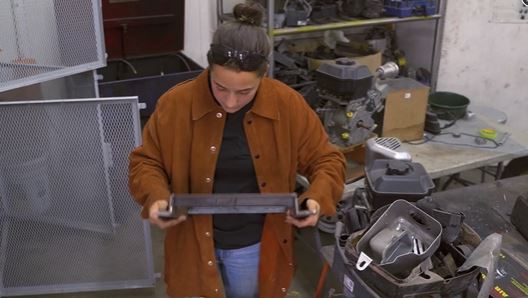Millwright
Millwrights are responsible for installing, repairing and troubleshooting mechanical equipment at production plants, farms and construction sites. They will use a variety of hand tools and equipment for cutting. Plus, they weld, interpret diagrams and create schematic drawings to complete a project. Millwrights work primarily with metal and high-precision machinery and equipment.
What Responsibilities Will I Have?
- Install, maintain, repair, troubleshoot and test machinery and specialized equipment
- Perform welding, metal fabrication and electrical assembly
- Read and interpret diagrams, schematic drawings and service manuals
- Operate forklifts, dollies, man lifts and other equipment
- Fit bearings, align gears and shafts, attach motors and connect couplings
- Provide drawing reviews and suggestions related to part inspection and testing
- Service and repair hydraulic and pneumatic systems
- Signal crane and lift operators, indicating where to put machinery, as needed
- Maintain a safe and clean working environment by complying with procedures, rules and regulations
- Ensure correct and safe operation of all equipment and machinery
- Reassemble machines and equipment
- Maintain equipment history and documentation while identifying opportunities for improvement
- Install robots and program electronic controls
- Work with other departments to ensure a productive team environment
- Visualize and build projects from the ground up
- Operate machines to modify parts tested or to fabricate experimental parts for testing
Recommended High School Courses:
- agricultural education, particularly agricultural mechanics
- science
- geometry
- physics and related math and science classes
Education/Training Required:
In the United States, millwrights need at least a high school diploma or equivalent. Most millwrights learn their trade through a three- or four-year apprenticeship where they complete at least 144 hours of relevant technical instruction and up to 2,000 hours of paid on-the-job training.






